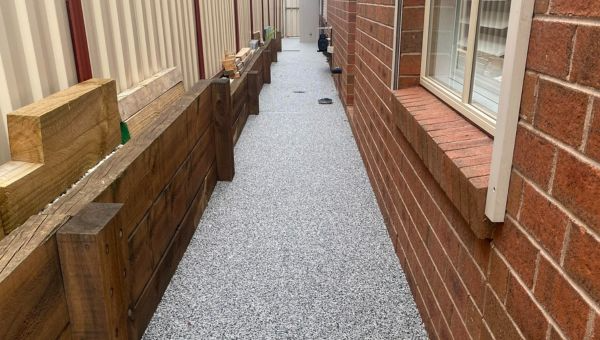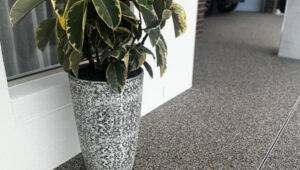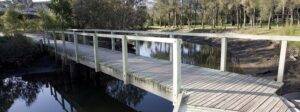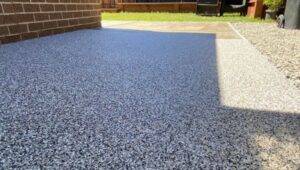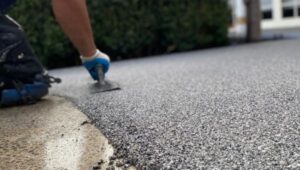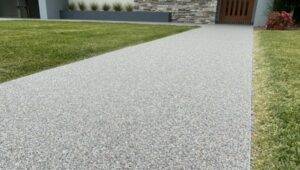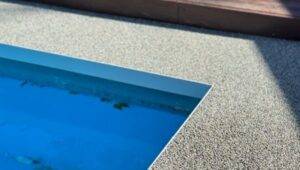Footpath materials play a pivotal role in urban and rural infrastructures alike, providing safe pathways that facilitate mobility while improving public spaces overall. Selecting footpath materials has an enormously profound effect on many aspects of their use: durability, maintenance needs, aesthetic appeal, and environmental sustainability are just a few examples of such impacts; choosing suitable material not only ensures pedestrian safety and comfort but also optimizes long-term performance and functionality of footpaths
Pros and cons of common footpath materials
Footpath materials play a pivotal role in urban and rural infrastructures alike, providing safe pathways that facilitate mobility while improving public spaces overall. Selecting footpath materials has an enormously profound effect on many aspects of their use: durability, maintenance needs, aesthetic appeal, and environmental sustainability are just a few examples of such impacts; choosing suitable material not only ensures pedestrian safety and comfort but also optimizes long-term performance and functionality of footpaths – here we examine both advantages and disadvantages so stakeholders can make well-informed decisions when planning, building or renovating pedestrian pathways.
Footpath Materials – Overview
Concrete: Due to their versatility and durability, concrete footpaths have quickly become popular choices among users in high-traffic areas. A typical mixture combines aggregates such as sand or gravel combined with water and cement before pouring it in molds for curing before fully drying in place. Concrete footpaths boast strong wear resistance making them suitable for foot traffic environments.
These materials require little maintenance, can withstand changing weather conditions, and eventually cracks will form over time. Asphalt: Also commonly referred to as blacktop or bitumen asphalt, asphalt can be widely used on both roads and footpaths due to its durability. It typically comprises black bitumen mixed with aggregate stone.
Asphalt footpaths offer flexibility that helps avoid cracking as well as damage due to freezing and thawing, making installation quick, cost-efficient, and popular among municipalities as well as homebuyers alike. Gravel installations may also exist depending on thickness; often leading to lower ongoing maintenance expenses over time.
Gravel footpaths consist of aggregate materials like pebbles or crushed stones spread out evenly to provide drainage purposes, making for quick installations or repairs with minimum disruption and hassle. Such footpaths offer ideal temporary or informal solutions; installation or repairs can often be accomplished quickly without the hassles involved in doing so.
Gravel paths provide the ideal complement to parks, rural areas, and gardens alike, often complementing their natural environments. Brick: Footpaths constructed using clay or concrete blocks may feature basketweave or herringbone patterns for an aesthetic finish.
Brick paths are popularly sought-after due to their beauty and aesthetic value; adding visual interest in pedestrian areas. Brick pathways can withstand heavy traffic loads while needing less upkeep in maintaining an even surface over time than their natural Stone counterparts; further adding visual interest.
Paving stones made from granite, limestone, and slate are commonly used to construct natural stone paths with timeless looks due to their classic shapes, colors, and textures. Natural stone paths provide resistance against climate extremes making them suitable for rural as well as urban settings.
Compare Pros and Cons: for Heavy Foot Traffic Areas:
Concrete offers several benefits that make it ideal for high foot traffic areas: maintenance-free surfaces like sandbags provide accessibility; while its aesthetic value will improve over time as foot traffic volume drops off. Over time, it may become crack-prone leading to limited aesthetic appeal as well as higher installation costs for system installations.
B. Asphalt offers some distinctive advantages; its material resists cracking while remaining cost-effective and installing quickly for quick install times compared to concrete systems; installation times depend solely on whether asphalt materials such as rubber are chosen; cost-effectiveness being the major benefit; installation times depend entirely upon whether these are chosen in comparison with either concrete. It boasts flexible materials that resist cracking more rapidly (but will cost). Unfortunately, installation times vary significantly for fast installations (fast).
Regular sealing and repair must be conducted to preserve its functionality, particularly during periods of extreme temperature fluctuations that compromise material properties and cause physical harm to this type of flooring material. Furthermore, extreme temperatures can make this form of flooring material visually less appealing compared to others available and have severe negative consequences in terms of functionality and appearance. Finally:
Gravel offers superior drainage at an initial low cost with simple setup/repair solutions available when required c. Gravel Pros: Wedge Drainage Works Effectively While Initial Cost Is Low Repair; Cons: There Is No Easy Way To Setup up Or Repair the System * Easy Set Up, Repair, And Maintainance * Maintenance Pros, Initial Low-Cost Low Repair Cost Effective Solutions, and Simple Solutions available when repairs need doing
Maintenance may be needed to avoid displacement and unevenness; it’s especially essential in high-traffic areas where people may find walking difficult on these products. Pros for Brick:
Variating colors and patterns that offer aesthetic appeal; long-lasting durability; replaceable in the event of damage; installation easily at lower initial costs than Natural Stone (due to labor-intensive installation process and potential for weed growth between bricks); yet its benefits outweigh these costs greatly! Among its many attributes of natural beauty are gorgeous aesthetic features; and high-quality materials used. Pros: Longevity for many years when maintained regularly
Resilient to weather damage. Upfront costs may be expensive; installation services and supplies may only be limited in availability; comparison enables stakeholders to make more informed decisions tailored to meet the unique requirements and priorities of their organization.
Select appropriate footpath materials:
Consider several key criteria when selecting materials for footpaths to ensure they will fulfill project demands and needs, including:
Budget: To ensure that the project begins on schedule and on budget, create an appropriate budget. Be mindful when choosing materials; they may cost less upfront but require increased maintenance over time.
Location: When considering where your path should be placed, take note of its surroundings such as rural or urban environments, business districts or residential neighborhoods. Take into account factors like foot traffic patterns, environmental concerns, and aesthetic preferences before selecting its position.
Assess Foot Traffic: Understanding foot traffic can enable us to assess material requirements with precision; areas experiencing heavy footfall will likely need more durable materials that don’t break down quickly, while in less busy settings flexible materials could do just fine.
As part of selecting materials to suit any local climate, take into account temperature variations, precipitation patterns, freezing-thawing cycles and materials with resistance against cracking or heat damage to ensure optimal performance results in any setting.
Consider aesthetic preferences: Take note if the aesthetics of your footpath suit its surroundings well; specifically take notice if certain materials provide greater opportunities for customization or design enhancement than others do. Certain options also add visual variety while fitting more naturally with specific architectural themes than others do.
Prioritize factors to be taken into consideration:
According to your project requirements and conditions, prioritize factors in accordance with their priority status. A project on a limited budget might prioritize cost-effectiveness over durability or maintenance ease while urban settings might give more weight to durability or maintenance ease over cost-effectiveness.
Make sure that all parties involved, from local authority representatives to community members and engineers to landscape architects – are given input on any materials chosen that could affect maintenance costs, longevity, and sustainability.
Conclusion:
Selecting materials suitable for pedestrian paths can create safe, functional, and aesthetic walkways that meet stakeholders’ budgets, foot traffic volume, and climate needs; selecting an effective footpath will enhance public spaces over time.

